The Philippines is a breathtaking destination with stunning beaches, vibrant festivals, and warm hospitality. However, like any travel destination, it comes with unique risks and challenges. Here’s why following safety tips is crucial for a smooth and enjoyable trip:
Avoid Flashy Displays of Wealth
Traveling in the Philippines is generally safe, but flaunting expensive items can make you a target for theft or scams. Here’s why you should keep a low profile and how to stay safe:
Petty Theft & Pickpocketing is Common
- Hotspots: Crowded areas like Manila (Quiapo, Divisoria), Cebu City (Colon St.), and tourist hubs (Boracay, Puerto Princesa).
- Risk: Wearing luxury watches, jewelry, or flashing cash attracts pickpockets and snatchers.
Risk of Violent Theft (Snatching, Hold-Ups)
Isolated streets, poorly lit areas, and public transport (jeepneys, buses).
Example: (1) Motorcycle-riding thieves (“riding in tandem”) snatch phones/bags and (2) Taxi scams where drivers overcharge or take detours.
Scams Targeting “Rich” Tourists
Common Tricks: (1) Fake police demanding bribes for “violations.” (2) Overcharging in markets (e.g., doubling prices when they see a foreigner) and (3) Friendly strangers offering “tours” then robbing you.
How to Avoid It?
✔ Use a crossbody anti-theft bag with hidden zippers.
✔ Carry only small amounts of cash (₱1,000–2,000 max).
✔ Leave expensive jewelry in your hotel safe.
✔ Avoid walking alone at night in Manila’s Tondo or Pasay areas.
✔ Keep phones/cameras out of sight when not in use.
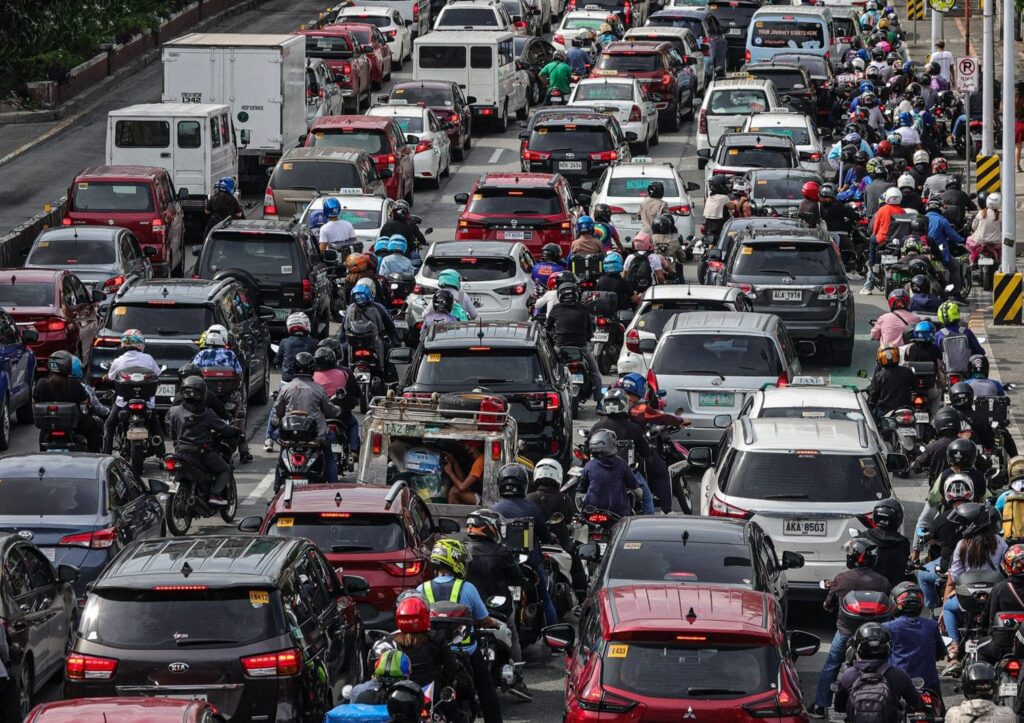
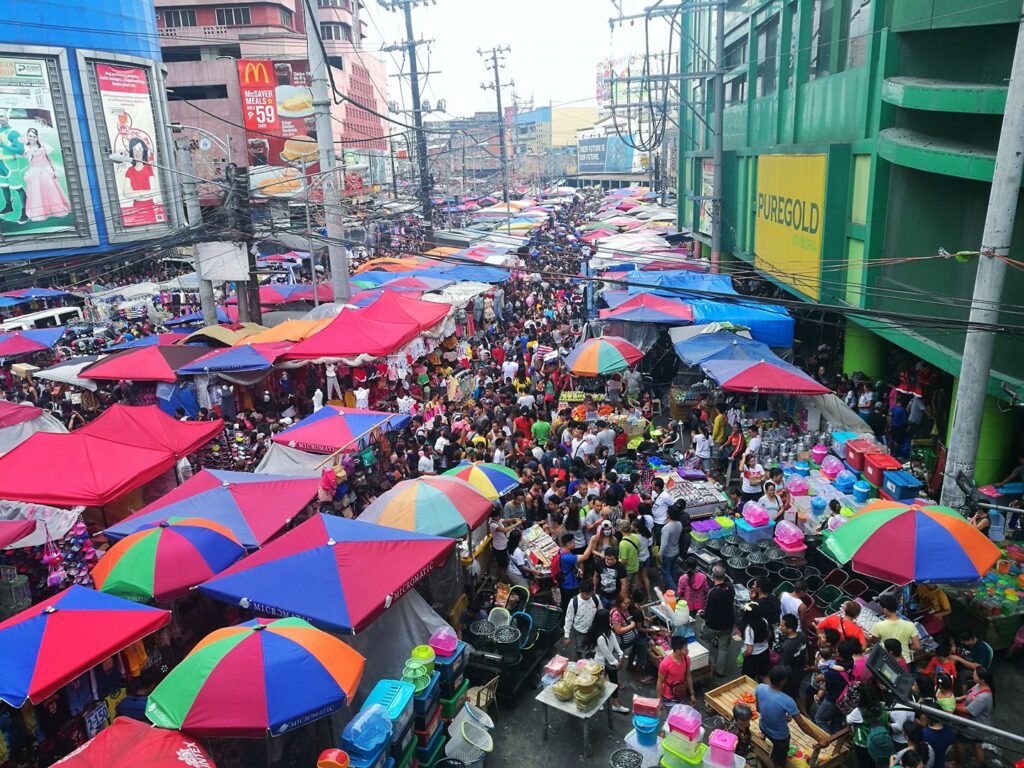
The Busy Street & Market of the Philippines
Safe Transport Options
Traveling in the Philippines is an amazing experience, but unregistered or illegal transport can put you at risk. Here’s why you should only use licensed taxis, Grab, or official services—and how to spot safe options.
Ride-Hailing Apps (Best Choice)
(1) Grab (Uber alternative) – Fixed fares, driver tracking, and cashless payment. (2) JoyRide (for motorcycles in some cities) and (3) Angkas / Move It (Motorcycle Taxis).
Transportation of Adventurous Travellers
(1) Jeepneys and (2) Buses
Safety Tips for Jeepneys & Buses
✔ Watch your belongings – Pickpockets target crowded rides.
✔ Avoid rush hour (7–9AM, 5–7PM) – Overcrowding is extreme.
✔ Use Google Maps – Some jeepneys have no fixed stops (ask locals: “Saan dadaan to?”).
✔ Carry small bills – Drivers rarely give change for ₱100+.
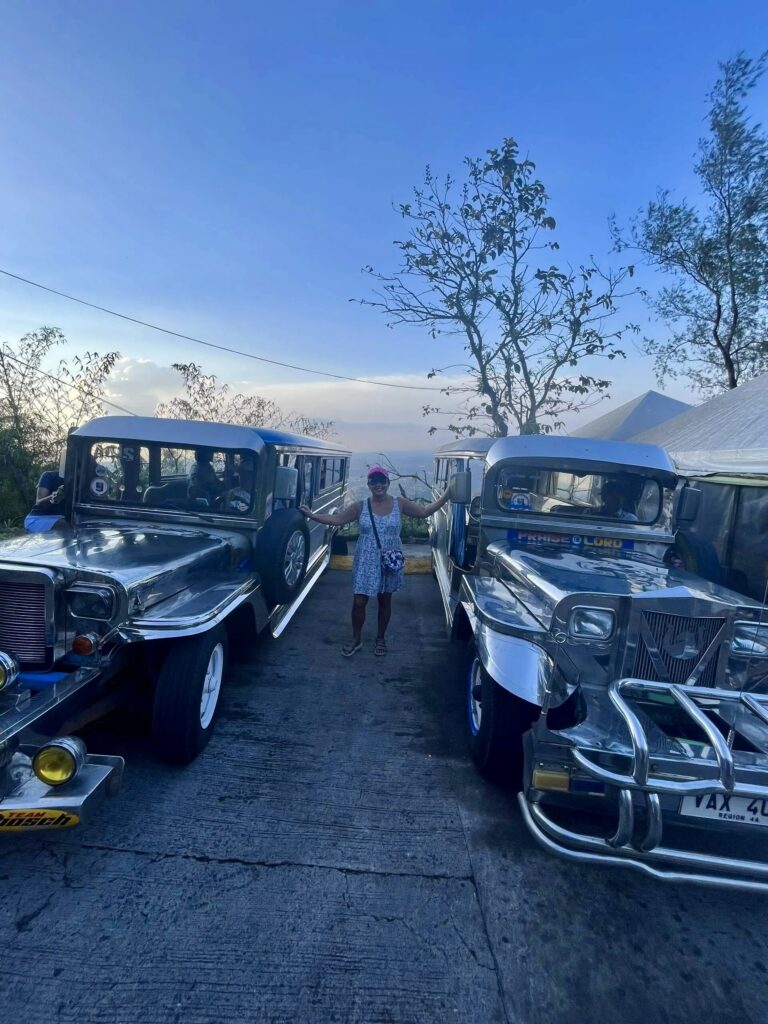
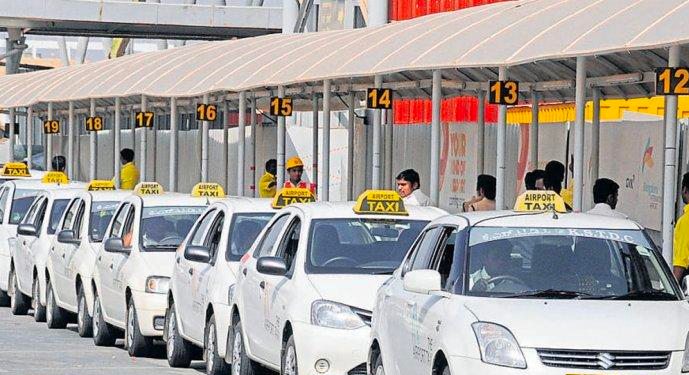
Public Transport in the Philippines
Stay Connected & Share Your Itinerary.
Having internet access while traveling the Philippines is essential for navigation, safety, and convenience.
Buy a local SIM or eSIM online – It’s cheap, ensures connectivity, and unlocks useful apps.
Best choice: Globe or Smart SIM or eSIM (easy registration + instant data). You can ask assistance from simcard kiosk or search online how to register Esim.

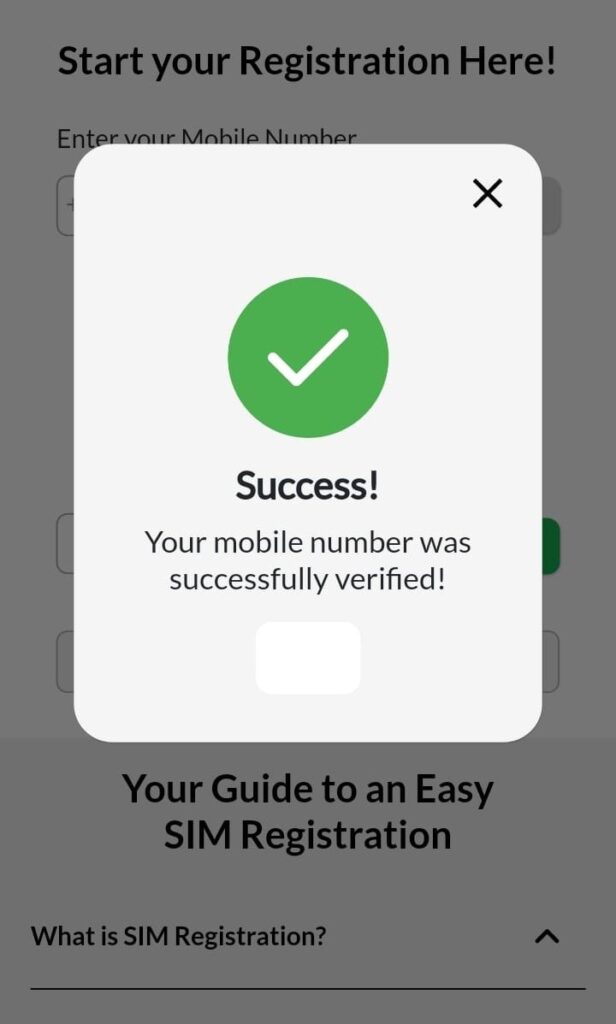
Online Sim Registration
Be Cautious with Street Food & Water
Street food is a must-try part of Filipino culture, offering cheap, delicious, and unique flavors. However, travelers should exercise caution to avoid foodborne illnesses.
(1) Eat at busy stalls (high turnover = fresher food) and (2) Drink sealed bottled water.
Must-Try (But Safe) Filipino Street Foods
| Food | Description | Safety Tip |
|---|---|---|
| Isaw | Grilled chicken intestines | Choose vendors who clean it thoroughly. |
| Balut | Fertilized duck egg | Eat from busy stalls (fresher). |
| Turon | Banana spring roll | Safe if freshly fried. |
| Halo-halo | Shaved ice dessert | Skip if ice looks cloudy. |
| Taho | Sweet tofu pudding | Only from morning vendors (freshly made). |
Street food is a highlight of Philippine travel, but caution prevents sickness. Follow these tips, and you’ll savor flavors like sisig, fish balls, and bibingka without regrets!
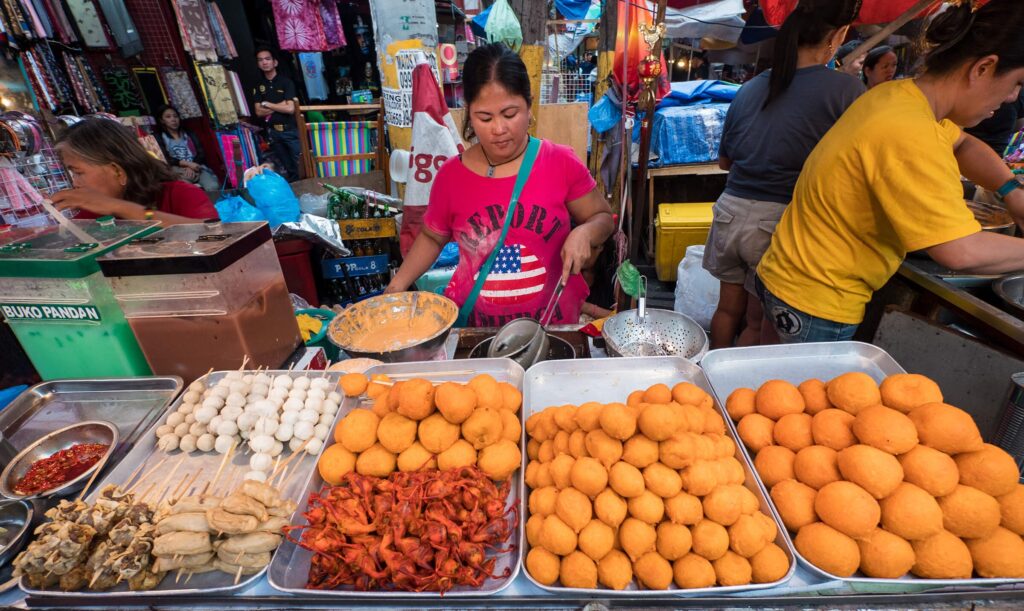
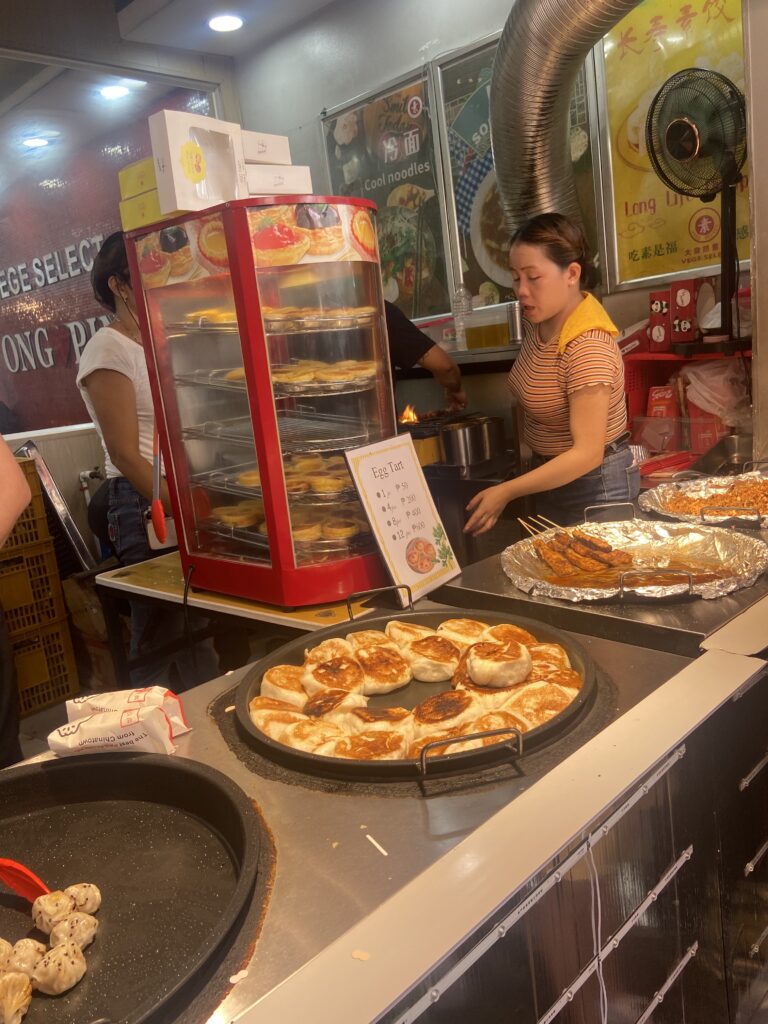
Filipino Street foods




